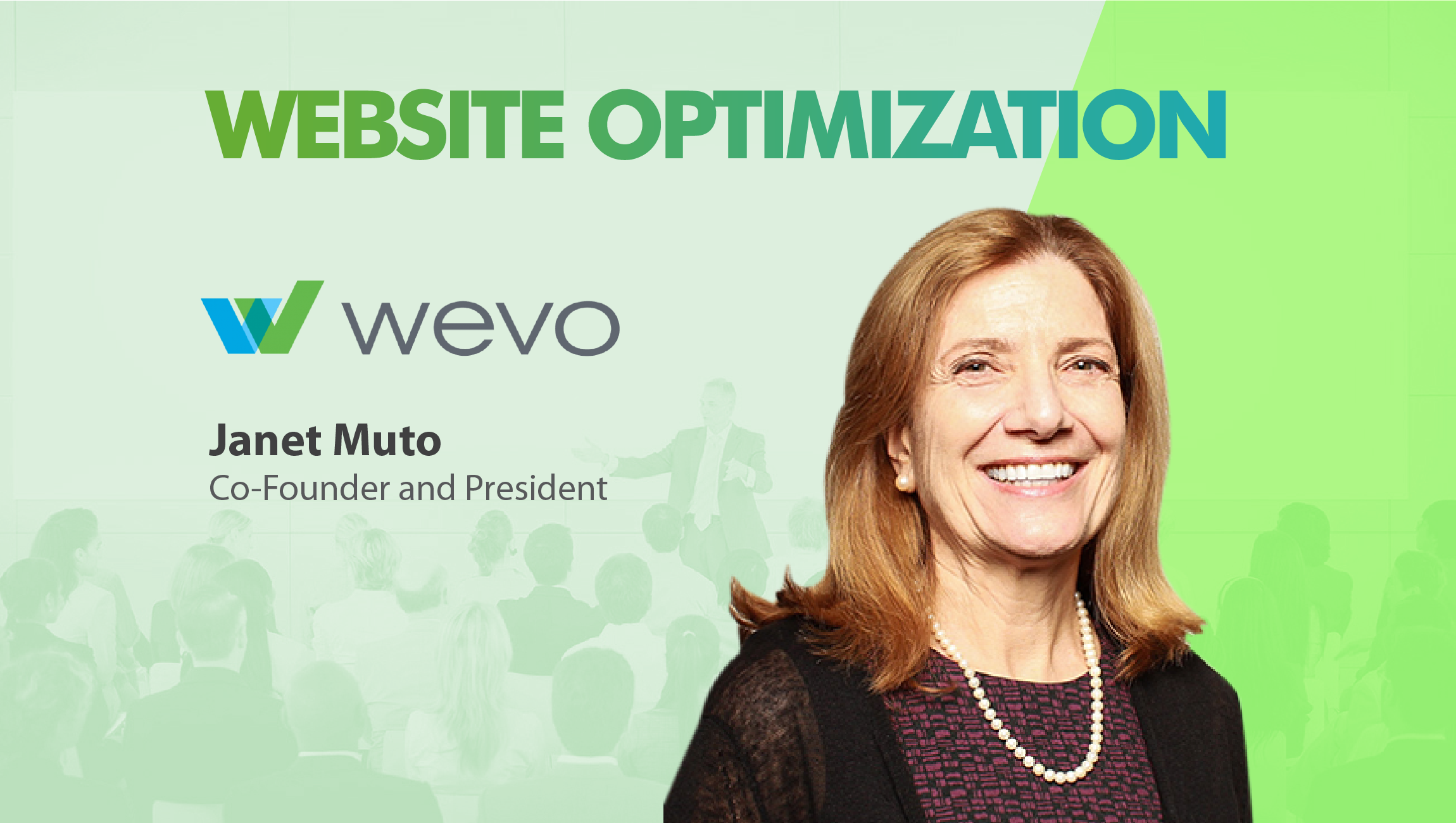As people-based marketing (PBM) became the hottest acronym in the ever-expanding library of adtech terminology, so began the race to paint a proprietary ‘Identity’ vision. Whilst the web has always been about knowing something about the anonymous user (intent, context, demo etc), the emergence of targeting capabilities leveraging highly scaled with 1st party deterministic data has increased the pressure on any adtech Platform to tell a more concise Identity story. More precisely, the burning question became ‘what’s your counter?’ to the compelling story being told by the ever-expanding ‘walled gardens.’ But in many cases, the issue we’re conflating is the need to tell an Identity story with the need to build and deploy Identity solutions.
Also Read: Flying Blind: The Struggle for People-Based Digital Identity Resolution
The reality is there are companies who are very good at piecing together a complete view of the consumer, whether it be anonymous (online) or known (offline) data. Any Platform looking to build proprietary ‘known’ people-based assets faces investing millions of dollars in infrastructure cost, notwithstanding the legal necessities required to ensure that data is captured, stored and transmitted the right way – something that becomes even more challenging in a world of GDPR compliance. Whilst those with the right scale and focus should invest in some of these core Identity building blocks, the rest will require smart investments and a deliberate product strategy.
Separately, one of the hottest emerging trends in recent years has been this notion of IP matching to build Probabilistic ID links. Again, there are companies who are good at looking at device-based signals in order to cluster these fragmented IDs into a single ‘probable’ view.
While people-based and device-based Identities are different, both have a part to play in helping build scalable targeting capabilities.
Also Read: Get a Standing Ovation from your Ad Audiences
Combining deterministic and probabilistic assets means that the building blocks are in place – there really is no need for most Platforms to invest cash in trying to replicate solutions that are so readily available and more cost-effective. That then leads to the question, ‘what should we be investing in?’ The answer should be a relentless focus on combining Identity and extension
assets to tell a people-based story that resonates. Many Platforms have begun to make this investment, and it’s hard work. Moving from legacy systems predicated in the main around a single type of ID to one that incorporates multiple IDs is difficult, and it impacts how we think about every core tenet of a Platform offering – targeting, measurement, and personalization. But, it can be accomplished and the results can be meaningful.
As we move to an omnichannel world, every Platform needs to be able to tell a cross-device (cookie to mobile), cross-platform (integrating into the wider ecosystem) and cross-channel (offline to online) story. Today that’s easier than ever because of the productization of these services, and the real-time ability to onboard offline data to target clients in online environments. Also, insights reports can now include a full omnichannel view of the consumer, and campaigns can be seamlessly extended from mobile to desktop, and vice-versa. The reality is that these are table stakes for the likes of Facebook and others. To remain competitive, every other platform in the world needs to make these capabilities table stakes too.
Recommended Read: Is Unmoderated Social Media a Good Idea?











